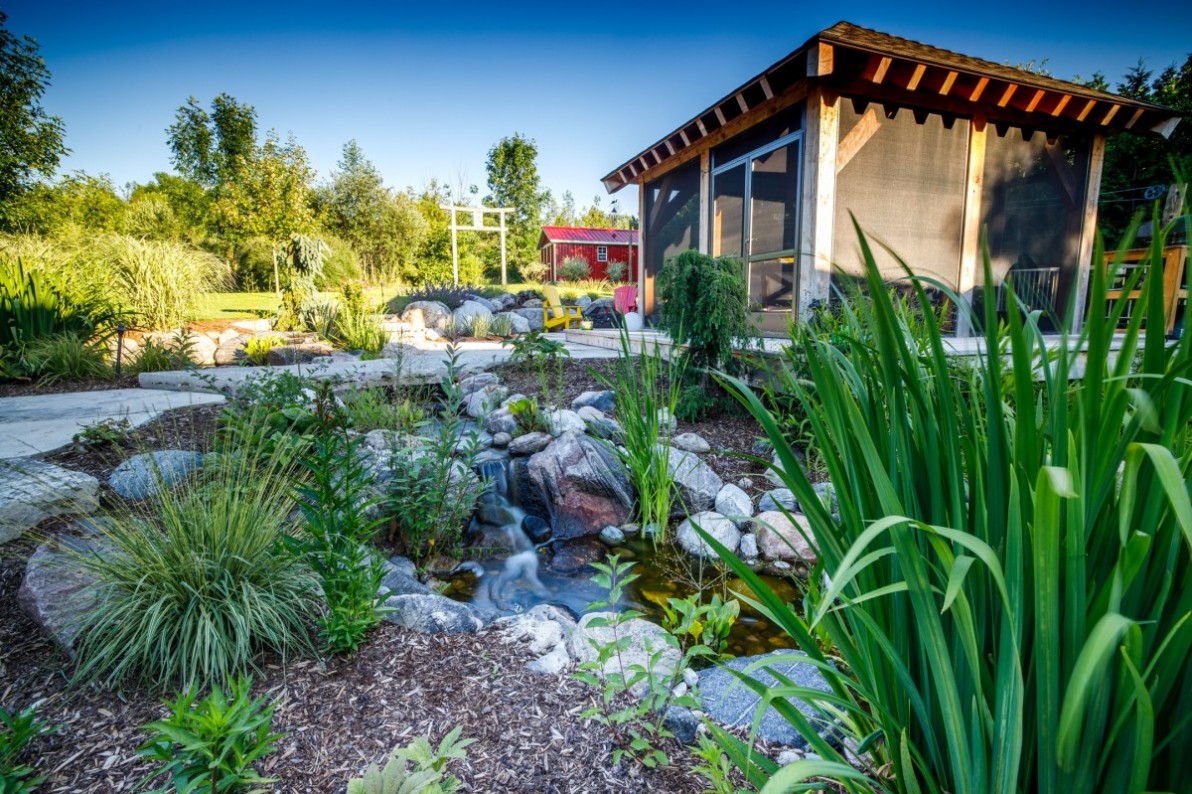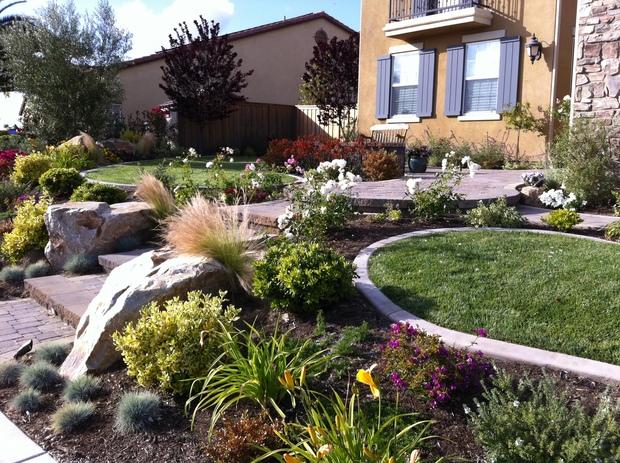Landscapers Fundamentals Explained
Landscapers Fundamentals Explained
Blog Article
The smart Trick of Landscapers That Nobody is Talking About
Table of ContentsThe 8-Second Trick For LandscapersFacts About Landscapers UncoveredThe smart Trick of Landscapers That Nobody is DiscussingThe Basic Principles Of Landscapers How Landscapers can Save You Time, Stress, and Money.The Best Strategy To Use For Landscapers
- A yard function where water is represented by an accumulated rock item, normally a crushed rock or granite.- A rock or natural flagstone patio area, course, or sidewalk developed without a concrete base.- A rock preserving or complimentary standing wall built without the usage of mortar. - A below ground structure that collect water and permits it to slow down percolate right into the dirt around it.
Landscape layout that works with a sites' atmosphere in both appearance and sustainability without unfavorable impacts to the setting. Edging in the landscape is a line of demarcation that creates aesthetic interest in the yard by separating one segment from an additional section. This can be aesthetic or useful, keeping one element (such as pea crushed rock) from getting mixed into an additional (like bark dust).
Areas can additionally have a sensation of "enclosure" supplied by trees, various other growings, fencings, or screens. The landscape near the entrance to a building.
Everything about Landscapers

The component in a landscape design or location in a landscape that is indicated to be most prominent. The focal factor can be a plant, boulder, sculpture, gathering room, or various other landscape function.

Everything about Landscapers
Low plants that are allowed or encouraged to spread out over a location. Can refer to any type of "difficult" garden elements including statuary or rocks however many generally is used to refer to courses, patios, and walls - Landscapers.: Height difference between the level of water in a fish pond (or the degree of the pump if it rests outside the fish pond) and the upper electrical outlet of water which impacts performance of the water pump in gph (gallons per hour).
A chemical used to control weeds. Fencing boards that run flat, often made use of in modern-day or Japanese-inspired landscape styles. Lines that define rooms within a landscape concept. These frequently expand from edges or crucial features of an existing structure. Appropriate usage of imaginary lines can help the landscape really feel attached to the home and other elements.
Conventional PNW landscapes are casual. A plant that spreads out more than preferred, or try this website into habitats where it does damage.
The Ultimate Guide To Landscapers
Can consist of head positionings and coverage, pipeline sizing, GPM specifications, and products required to install this system. Licensed professional who develops landscapes, schooled in design important source and architecture as well as in cultivation.
The specialist who intends and creates landscape jobs, typically at a domestic or small commercial degree with the major style inspiration on plantings. Landscape designers typically have much less education than Landscape Architects and are not certified. A completed landscape layout, outlining all aspects for the brand-new landscape. This normally takes the form of an illustration theoretically.
Using several plantings of the exact his comment is here same selection to load in an area in the landscape. This can decrease maintenance and water usage in the yard.
A layer of compost or bark dirt applied at the base of a plant. A plant that was present in a geographic area before people began transforming the landscape.
Landscapers - The Facts
Just how the yard or a garden aspect is prepared in partnership to an existing or brand-new attribute or to an instructions. Keeping a yard without using chemical herbicides, chemicals, or plant foods. Lawns that are not trimmed yet expanded in landscapes as perennials. This is a partly open sided leisure or leisure location that joins a residence, made use of for amusing, outside eating and just appreciating the outside atmosphere.

Small round crushed rock. Plants that offer seasonal interest and after that die back in the winter. Annuals do not return the following season, however perennials do. Cold period grass that is the most typical lawn grass in Portland, OR et cetera of the PNW.An open roofed framework over a patio or other landscape function.
Basalt accumulated varying in size from 1/4" to dust. One of the most usual landscape crushed rock in the PNW. Location of the landscape developed to deal with rain water until it can saturate right into the ground. A chain that regulates water as it travels from a roof covering gutter to the ground. Garden structure that creates a growing location that is had and higher than the bordering quality.
Producing a garden function being composed mainly of rocks with plantings that enhance and can flourish in the rocky environment. Lawn sprinkler head style that turns a stream of water throughout a location.
The Best Guide To Landscapers

Report this page